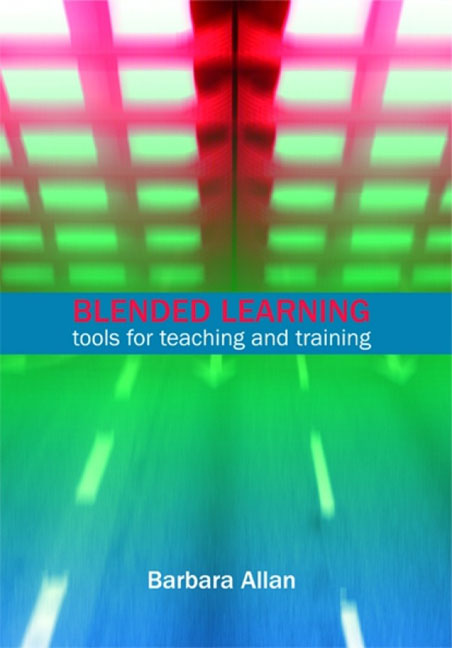Book contents
- Frontmatter
- Contents
- List of figures
- List of tables
- Acknowledgements
- 1 Introduction
- 2 Tools and technologies
- 3 Models of teaching and learning
- 4 Planning and designing blended learning programmes
- 5 Planning and designing learning activities
- 6 Working with groups
- 7 Working as a tutor
- 8 Communities of practice
- 9 Managing blended learning projects
- Index
5 - Planning and designing learning activities
Published online by Cambridge University Press: 08 June 2018
- Frontmatter
- Contents
- List of figures
- List of tables
- Acknowledgements
- 1 Introduction
- 2 Tools and technologies
- 3 Models of teaching and learning
- 4 Planning and designing blended learning programmes
- 5 Planning and designing learning activities
- 6 Working with groups
- 7 Working as a tutor
- 8 Communities of practice
- 9 Managing blended learning projects
- Index
Summary
Introduction
The aim of this chapter is to provide guidance on the design and use of different learning activities and technologies. Blended learning programmes are likely to include a diverse mixture of activities that together enable individual learners to achieve their learning goals and outcomes. This chapter provides a range of activities that may be used both online and offline, in the workplace and in the training room, and by individuals or small groups. Chapter 6 considers working with learning groups in more detail.
This chapter considers two main topics: general design principles behind developing and using different learning activities; and an alphabetical list of activities and their application in blended learning programmes. Chapter 6 considers group activities such as team-building, problem-based learning and project-based learning. It also considers the group processes involved in some learning activities and looks at how to manage large groups and diverse groups.
Design principles
For both individual e-learning and face-to-face activities, the design process involves answering the following questions:
What are the aims and indicative learning outcomes?
How will you enable the learner to achieve these outcomes?
Consider the learning process – is it an individual, small group or large group activity?
Consider the interaction structure – what are the levels and types of collaboration required in the activity?
How much time will be required by the learners to complete the activity?
What learning resources do you need to prepare or use for this activity?
What (if any) technologies will be involved in the activity?
How long is the activity likely to take?
How will you assess learning?
How will you evaluate the activity?
Once you have answered these questions it is worthwhile carrying out the research necessary to provide you with up-to-date information concerning the topic that the activity will focus on. An important stage in the design process is to produce an outline structure that provides all the information required to complete the activity (Figure 5.1).
- Type
- Chapter
- Information
- Blended LearningTools for teaching and training, pp. 99 - 126Publisher: FacetPrint publication year: 2007



